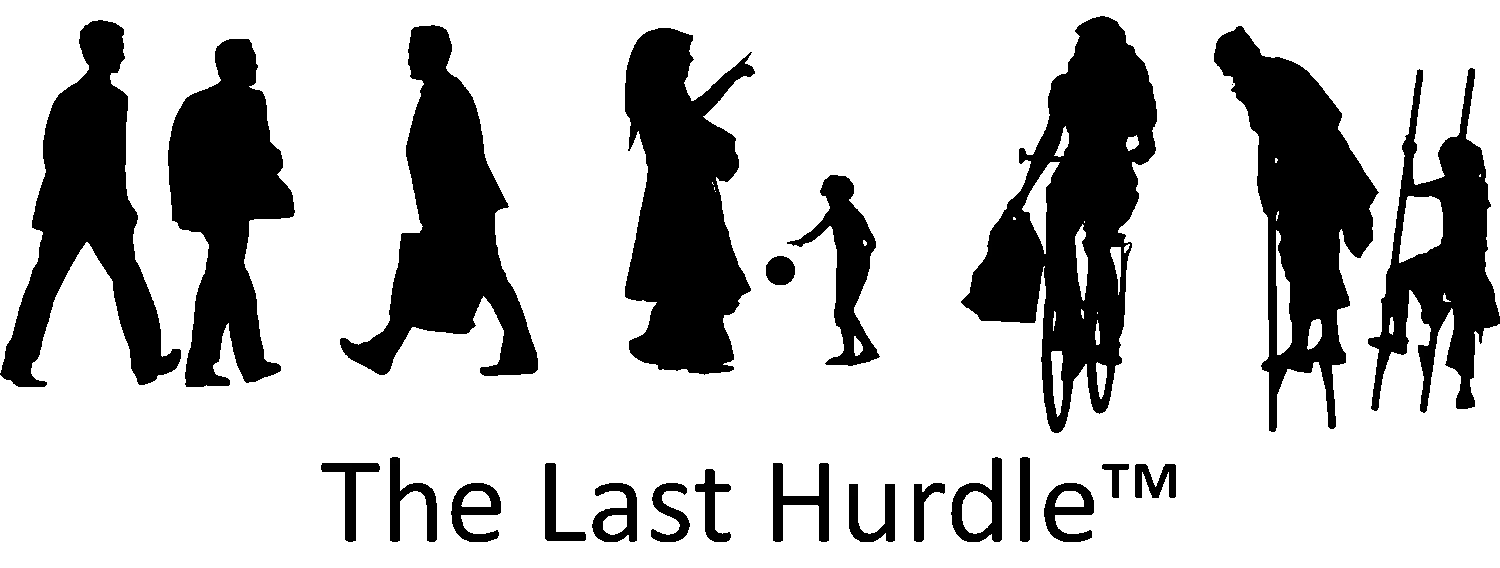Practices to Avoid When Adding Content to Your Website
Your website is the portal to your business and everything it stands for. It should engage users, encourage them to explore your offerings and provide the shortest route to a conversion—all while being informative, entertaining and visually appealing. No pressure, right?
Practices to Avoid When Adding Content to Your Website
At The Last Hurdle, we’ve worked on countless business websites, and there are certain things we’re asked to do repeatedly that aren’t considered good web practice. From infringing copyright to using pop-ups or failing to include contact details, there are a few key mistakes you should avoid. Here’s our quick guide to better practice when adding content to your site.
Don’t Use Images from Other Sites
It’s easy to grab an image from Google, download it and pop it onto your website. However, just because an image is accessible doesn’t mean you have the right to use it. You don’t. Most images are copyrighted and using them without permission is illegal. There are plenty of stock image websites where you can buy high-quality images. Just be sure to check the terms—some licences don’t cover commercial use, even if you’ve paid for the image.
Don’t Copy and Paste Content from Other Sites
While using images without permission can lead to legal trouble, copying and pasting someone else’s content onto your site is equally problematic. Google penalises websites for duplicate content, which can harm your search engine ranking. If you like the style or tone of content elsewhere, make sure to rewrite it to make it unique. This applies to all website content, from product descriptions to blog posts.
Top tip: If you do want to quote a small portion of someone else’s content, make sure to link back to the original source and give proper credit. This not only avoids plagiarism but also provides a valuable outbound link to a high-authority website.
Avoid Pop-ups
Pop-ups are still used by some businesses. You visit their site, and suddenly a box appears asking you to subscribe to a newsletter or take advantage of an offer. While they might seem helpful, pop-ups often irritate users, distracting them from why they came to your site in the first place. Annoyed users are more likely to hit the back button and leave your site, resulting in a higher bounce rate.
Don’t Play Automatic Audio
Back in the early days of the internet, auto playing audio or video was considered cutting-edge. Nowadays, users prefer to have control over what they see or hear. Auto playing audio not only irritates visitors but also slows down your website, especially if it’s not hosted correctly.
Avoid Oversized Images
Large, unoptimised images can slow down your website, particularly on mobile devices with limited connectivity. Best practice is to ensure all images are optimised to load quickly, giving users a smoother browsing experience.
Don’t Use Front Door Pages
Some websites still use a ‘front door’ page, where users must click to enter the main site. This outdated practice creates a barrier between your users and your content. Google doesn’t like them either. Skip the front door page and let users engage with your main content straight away.
Don’t Forget Contact Details
Surprisingly, many companies fail to include their contact details on their website. Your phone number, email address and/or contact form should be easy to find on every page, especially for mobile users. Make it as easy as possible for potential customers to get in touch.
Keep Content Relevant
Your website should focus on one thing—your business. Avoid irrelevant content. For example, if you sell hardware, your site shouldn’t contain random pages offering cake recipes. Irrelevant content confuses your audience and search engines and detracts from your core message.
Avoid Over-Optimising for Search Engines
Gone are the days when stuffing a page with keywords boosted your ranking. Today, Google and other search engines are more interested in user experience. Over-optimised pages that are filled with keywords but light on quality content is no longer effective. Let your content flow naturally and focus on providing a great user experience.
Don’t Put All Your Content in an Image
While it might look visually appealing, placing all your content in an image does nothing for your SEO. Search engines can’t read images. Make sure your written content is added as text rather than embedded in an image to ensure your website can be found in search results.
Don’t Make It Difficult to Buy from You
Make it easy for potential customers to purchase from you. Even if you’re offering a service rather than a product, ensure there’s more than one clear route for clients to reach you. Use calls to action, contact info and hyperlinks to facilitate conversions.
Proofread Your Content
Finally, one of the most common mistakes: misspellings, typos and grammatical errors. A well-written, polished website is essential for maintaining credibility. Poor spelling and bad grammar can give the wrong impression. If proofreading isn’t your strength (we all have our Achilles heel!), ask a colleague or trusted friend to review your content before it goes live.
By avoiding these common mistakes, you’ll create a website that not only looks professional but is also engaging and effective. If you need help developing or refining your website’s content, give us a call on 01604 654545 or email hello@thelasthurdle.co.uk. We’re always happy to help!





